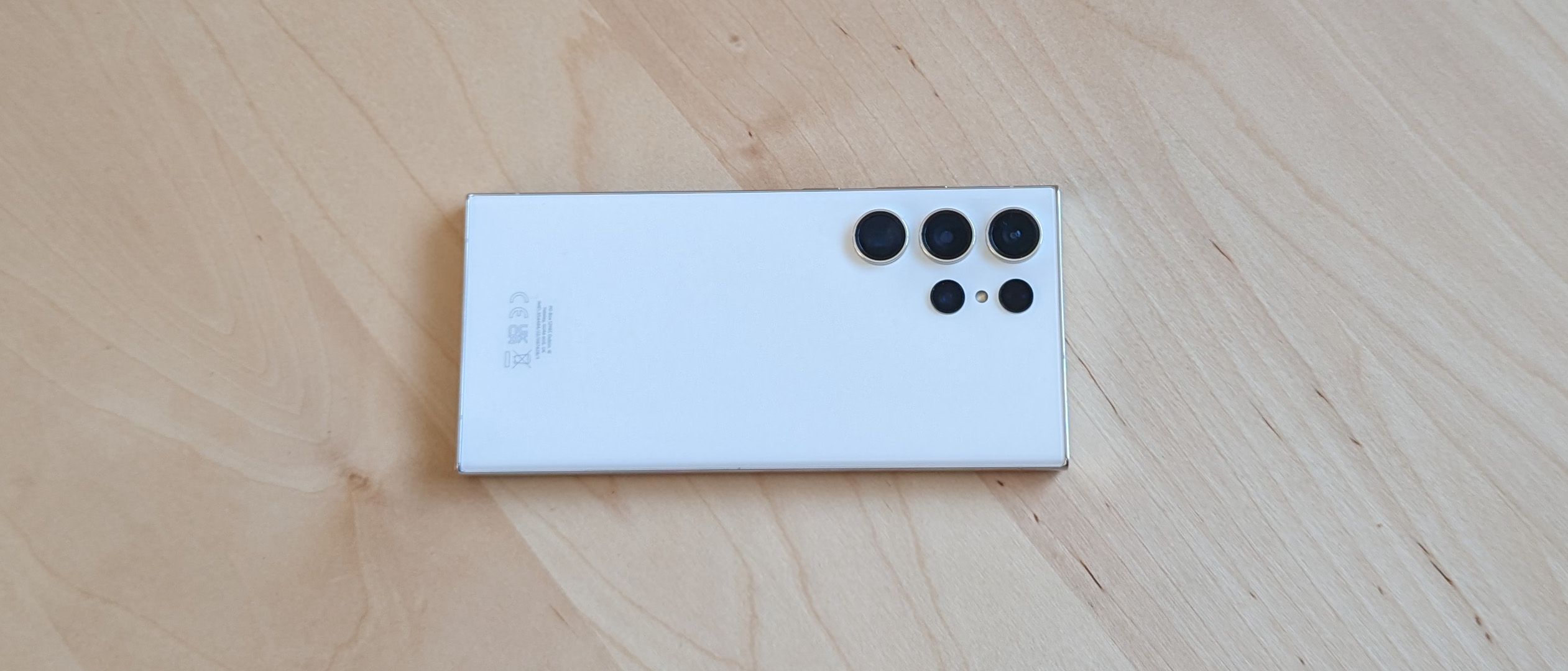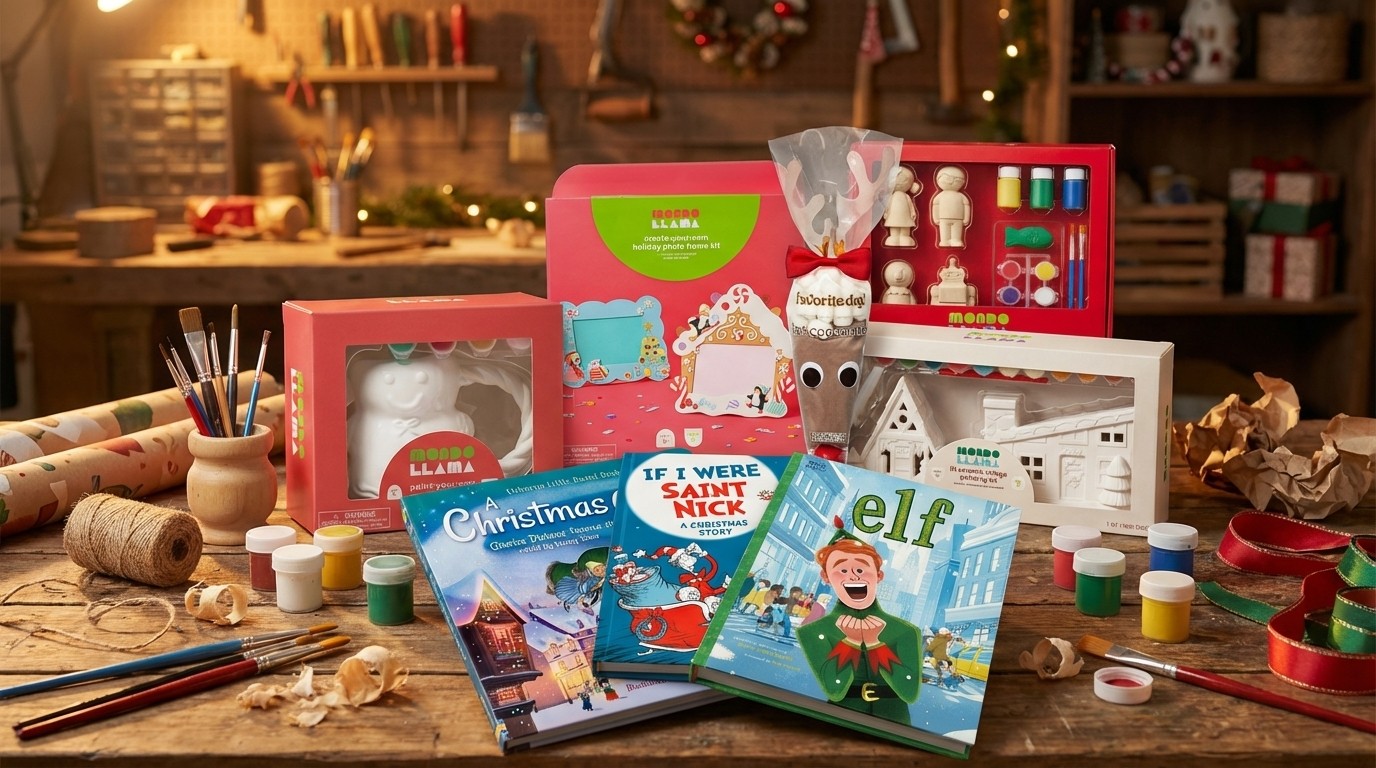Our Verdict
Samsung’s 2023 flagship is a roaring powerhouse of a phone, radiating premium construction from every facet of its rectangular frame. The specs are unbeatable, the screen a beautiful thing, the S Pen stylus a great accessory, and the cameras remarkable when you consider how small they are. This is the phone to beat right now.
For
- Fast and responsive
- Looks great
- Excellent screen
Against
- Too large
- Very expensive
- Is the S Pen that useful?
Why you can trust Creative Bloq
CPU: Snapdragon 8 Gen 2
RAM: 8GB/12GB
Storage: 256GB/512GB/1TB
Screen: 6.8in Dynamic AMOLED, 3088 x 1440px
Main camera: Rear: 200MP main, 12MP ultrawide, 10MP 3x and 10x telephoto
Front camera: 12MP
Video recording: 8K (7680 x 4320)@30fps
Connectivity: 5G, USB-C, Wi-Fi 6E, NFC, Bluetooth 5.3
Dimensions: 163.4 x 78.1 x 8.9mm
Weight: 233g
A big, heavy, expensive Android phone like the Samsung Galaxy S23 Ultra needs something special to make you want it instead of an iPhone or something more reasonably sized and priced. Luckily, Samsung’s latest flagship has it. The phone feels premium, powerful, and comes with what’s likely the best camera setup currently available on a phone. This is easily one of the best smartphones available.
However, it's also very expensive, raising the price over last year’s model and costing just a little less than the iPhone 14 Pro Max. The S23 Ultra we’re reviewing here is the largest and most expensive of the three-phone S23 lineup, which also includes a standard S23 and an S23+. The differences come down to smaller screens, fewer cameras, and lesser amounts of RAM and storage, though none of them have less than 8GB/128GB.
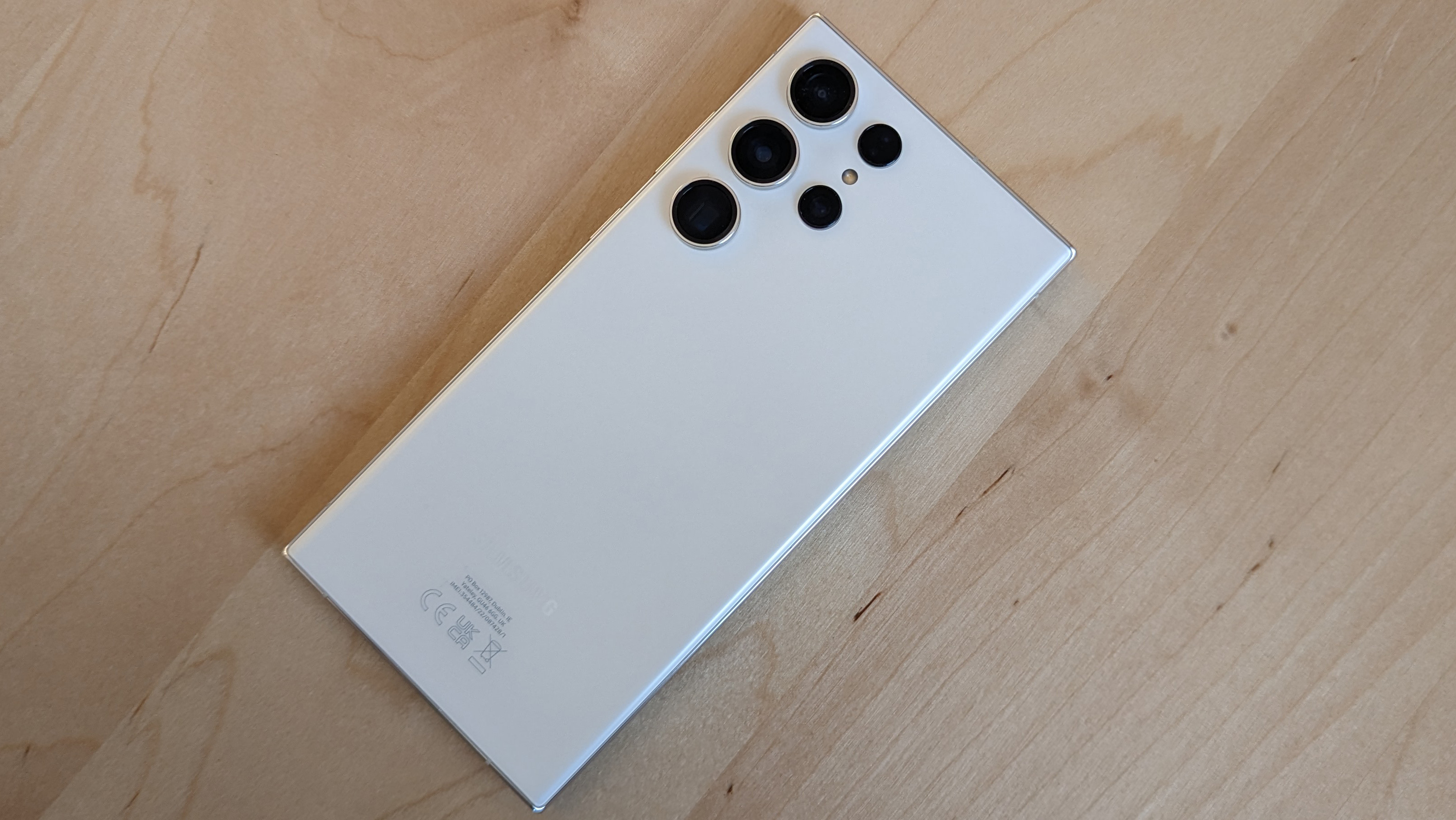
Design
Our review model has a white back, but it also comes in colours like lime green, sky blue, and bright red, as well as black. The finish is beautifully smooth, the joins are impossibly tight, and the silver aluminium edges give it a great feel in the hand, as well as looking great. On the back, the five camera lenses are arranged in two straight lines. There's no camera bulge on the S23 Ultra, so the lenses protrude directly from the back of the phone, which is a really nice touch.
The S Pen, which we keep wanting to pronounce as one word, pops into a holder on the left-hand side of the phone’s base, next to the speaker. It comes out with a push and goes back easily enough, but we do wonder how much utility it has in a predominantly one-handed device.
When the phone’s switched on, Android 13 with Samsung’s One UI 5.1 gives you a sharp and colourful experience, and the powerful chipset inside the phone means it all runs smoothly without lagging when you open a new app.
The screen is a 6.8-inch Dynamic AMOLED with a resolution of 3088 x 1440 and a maximum refresh rate of 120Hz. It’s as bright and colourful as you’d expect, but the size means this isn’t a phone that’s particularly easy to use in one hand, even with the particularly large paws of the human model we used for testing.
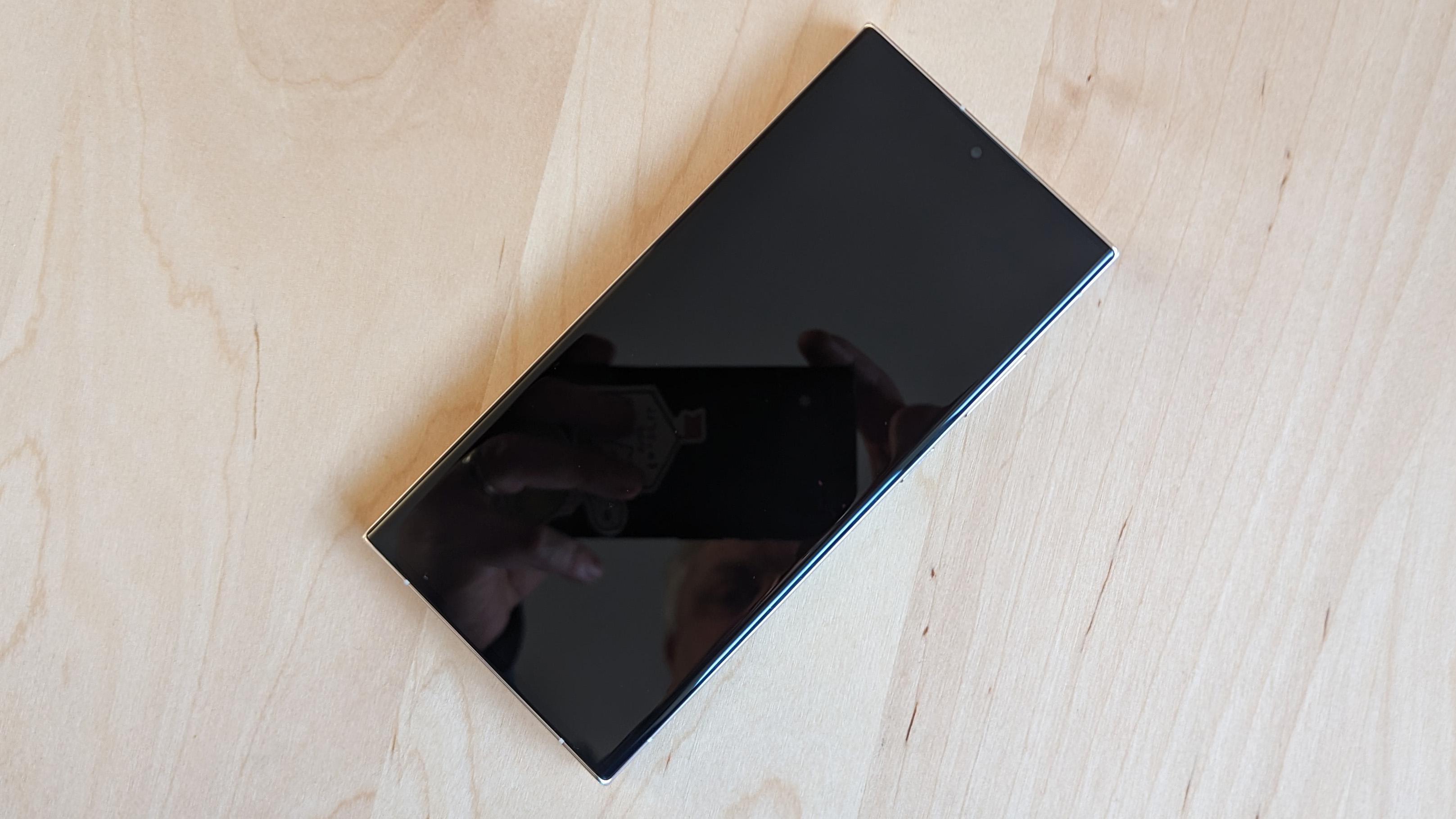
Features
The S Pen stylus is controlled by a dedicated Wacom chip, and it’s exactly the same as the one that shipped with the S22 Ultra, which was the best stylus phone last year too. Withdrawing it from the phone’s body triggers the S Pen menu, from which you can choose to draw or make notes, among other options.
Daily design news, reviews, how-tos and more, as picked by the editors.
When using the phone normally, you can use the S Pen to write text into input fields via handwriting recognition, or just use it to doomscroll on Twitter. The Air Command system means you can use it without touching the screen, and there's a button that can be set to various tasks, including acting as a camera remote, though it’s a little difficult to press.
The S Pen sets the S23 Ultra apart, but the rest of the phone is extremely familiar. There's a volume rocker and lock button, a dual SIM tray, a charging port, and a single tiny speaker. Slots cut across the metal rim mark where the various aerials break the surface, while the front-facing camera pierces the top of the screen as a single black disc. There's no headphone port, but Samsung’s Dual Audio means you can use two sets of Bluetooth headphones.
The Android OS doesn’t bring any new features over last year’s model beyond some tiny tweaks. Security is handled by face recognition, and there's a fingerprint reader under the screen.
Thanks to Samsung’s DEX mode, you can hook it up to a monitor and a keyboard and mouse to use it just like that laptop, as long as web browsing and office apps are all you want to do. Carry a portable monitor with you, and you can leave your laptop at home for catching up with email and writing proposals for clients on the train. The mobile versions of creative apps are mere shadows of the full-fat variety, and while the iPad is starting to get desktop-equivalent applications, they haven’t trickled through to Android yet.
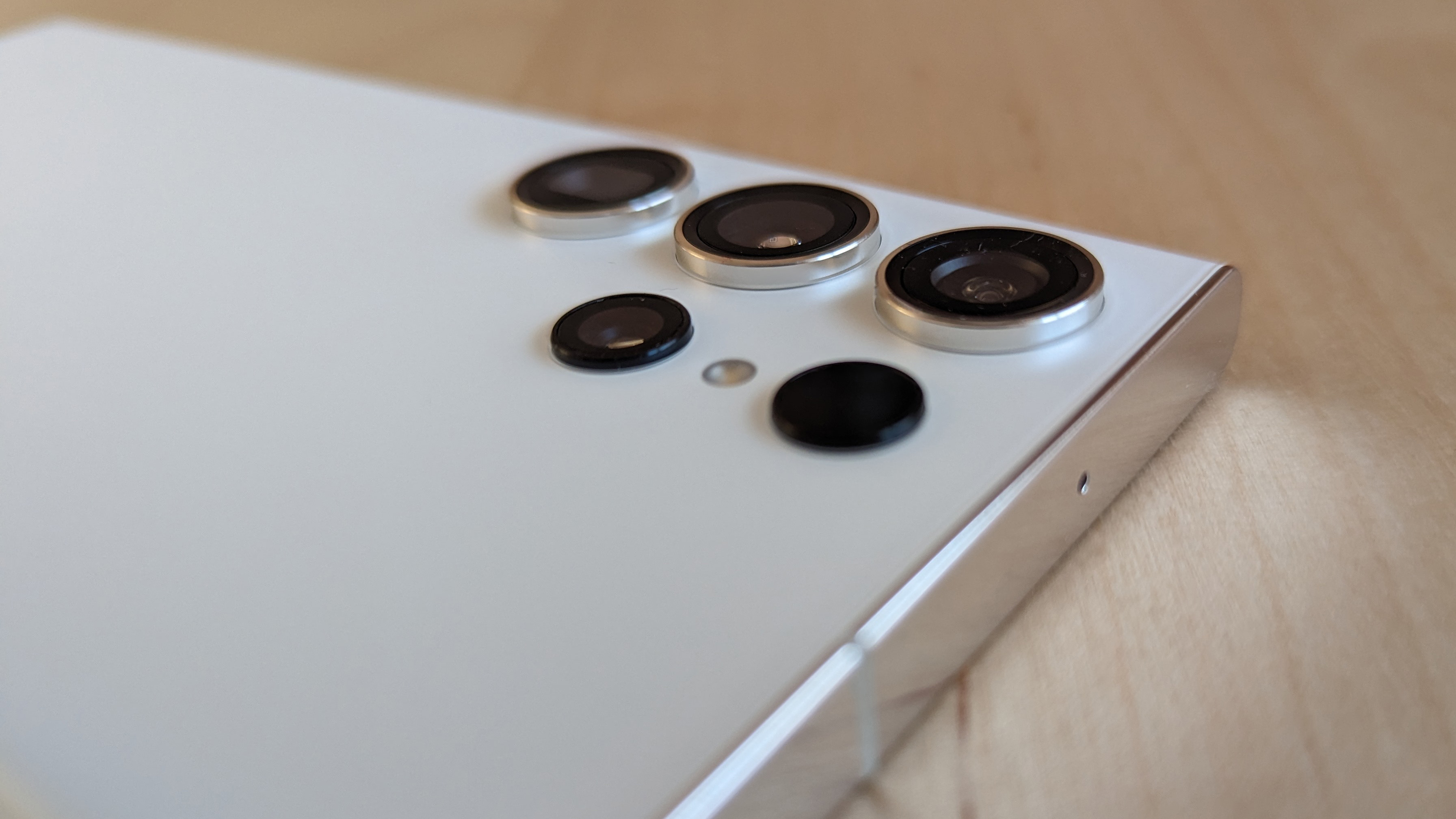
Camera
There's a lot of camera on the back of the S23 Ultra. The number of lenses poking out the back tells you this, and the specs are very interesting. Four rear cameras are joined by a depth sensor and flash, with the main wide camera weighing in at a remarkable 200MP at f/1.7, a decent bump over the 108MP sensor in the S22 Ultra. By default this bins images down to 12MP to increase clarity and reduce noise, but it is possible to shoot at 50MP or the full resolution if you want to. The detail in these images is remarkable, but the binned fil-affinity photos produce a nicer look straight out of the camera thanks to extra processing and greater dynamic range.

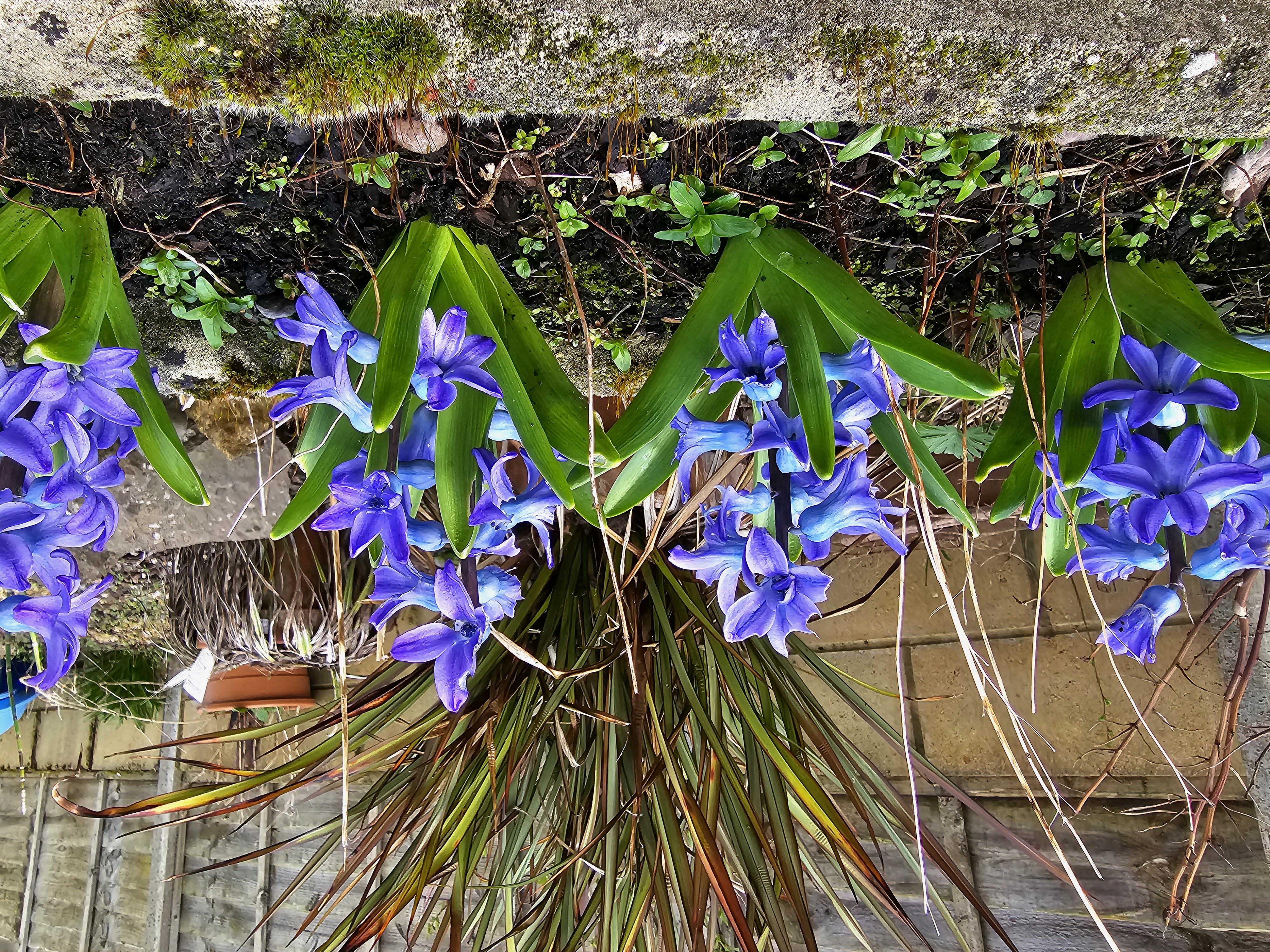






The ultrawide and twin 3x and 10x tele cameras offer 12 and 10MP respectively. You can digitally zoom all the way to 100x magnification (which looks terrible), and it does some clever AI things to reconstruct an image if you zoom right in on the moon. Portrait mode is excellent, as its processing has almost fixed the problems with depth-based software blurring, such as missing areas and hair looking weird.
The camera app is a replacement for the standard Android one and offers the option to save raw files or HEIF in addition to JPEGs. There's an intelligent scene optimiser and a mode that offers suggestions on how to improve your composition. There's voice control, tracking autofocus, an extra shutter button that you can move around the screen, and swiping the button gets you a burst or a GIF, depending on what you’ve got set. There's even a food photography mode for that perfect Instagram shot.
Video shooting offers 8K at 30fps, 4K/60 in HDR10+ (HEVC only) as well as portrait video mode, bog standard 4K/60 and 1080p/60, plus up to 1080p/960 in super slow-mo. There's optical and digital stabilisation, including a super steady mode that adds an additional crop for extra anti-shake.
It’s a truly excellent camera setup and rivals any currently on the market.
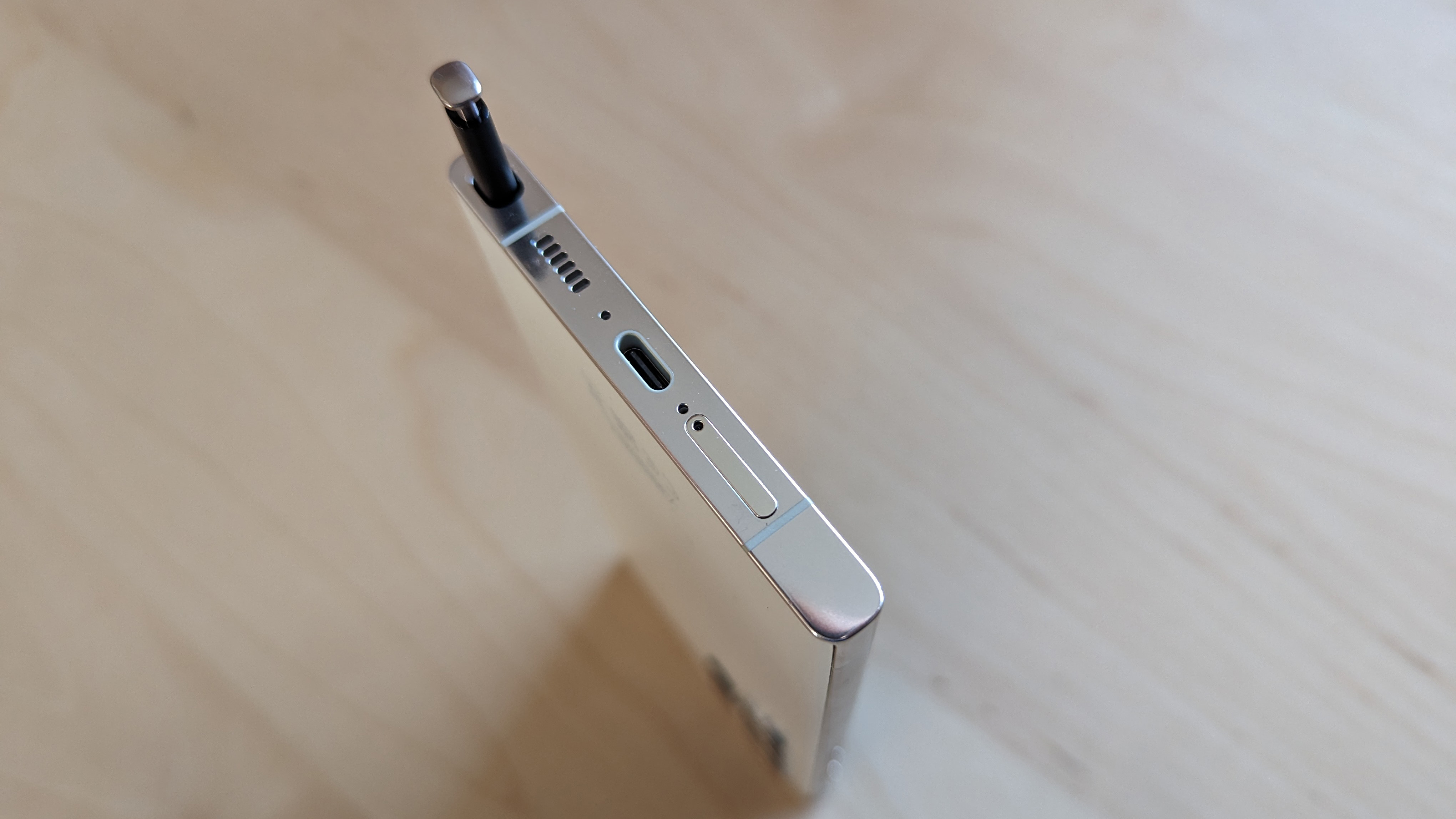
Performance
Every version of the S23 Ultra, wherever you are in the world, uses the Snapdragon 8 Gen 2 SoC, a break with Samsung’s previous baffling policy that saw some models saddled with a slightly less performant chipset based on geographical barriers. In fact, this is a special version of the Snapdragon chip made especially for Samsung, with a single slightly faster processor core and an overclocked GPU.
It’s an eight-core chipset in a big.LITTLE configuration that sees one particularly hot core running at 3.36GHz, three more at 2.8GHz, and then four ‘efficiency’ cores that run at 2GHz but use much less energy. This is backed up by at least 8GB of RAM and 256GB of storage, though versions with 12GB/512GB (the one we were sent for review) and 12GB/1TB are also available, with corresponding increases in price.
This is certainly a high-performance phone, boasting specs that wouldn’t be out of place on a business laptop, and with the S Pen and large screen inherited from the Samsung Galaxy Note series it’s almost large enough to use for creative endeavours, though don’t expect it to rival the iPad Pro. It’s quite possible to do a rough photo edit in Lightroom, for example, or knock something up in Photoshop Express, before transferring the file to your desktop computer.
In benchmarks, the Snapdragon chip is neck and neck with Apple’s A16 Bionic from the iPhone 14 Pro. And in single-core benchmarks the A16 Bionic trades blows with the M2 from the MacBook Air and Mac mini. The desktop chip roasts the mobile SoC in multi-core tests, but this shows just how close flagship phones really are to laptops in terms of raw performance.
Battery life is exceptional, pulling through two days of use before needing to be hooked up to the juice, and with a battery saver mode that can stretch this out a bit longer. Charging via USB PD is fast, accepting a 45W charger, and it’s full in about an hour. There's wireless charging too, and wireless power-sharing with another phone.
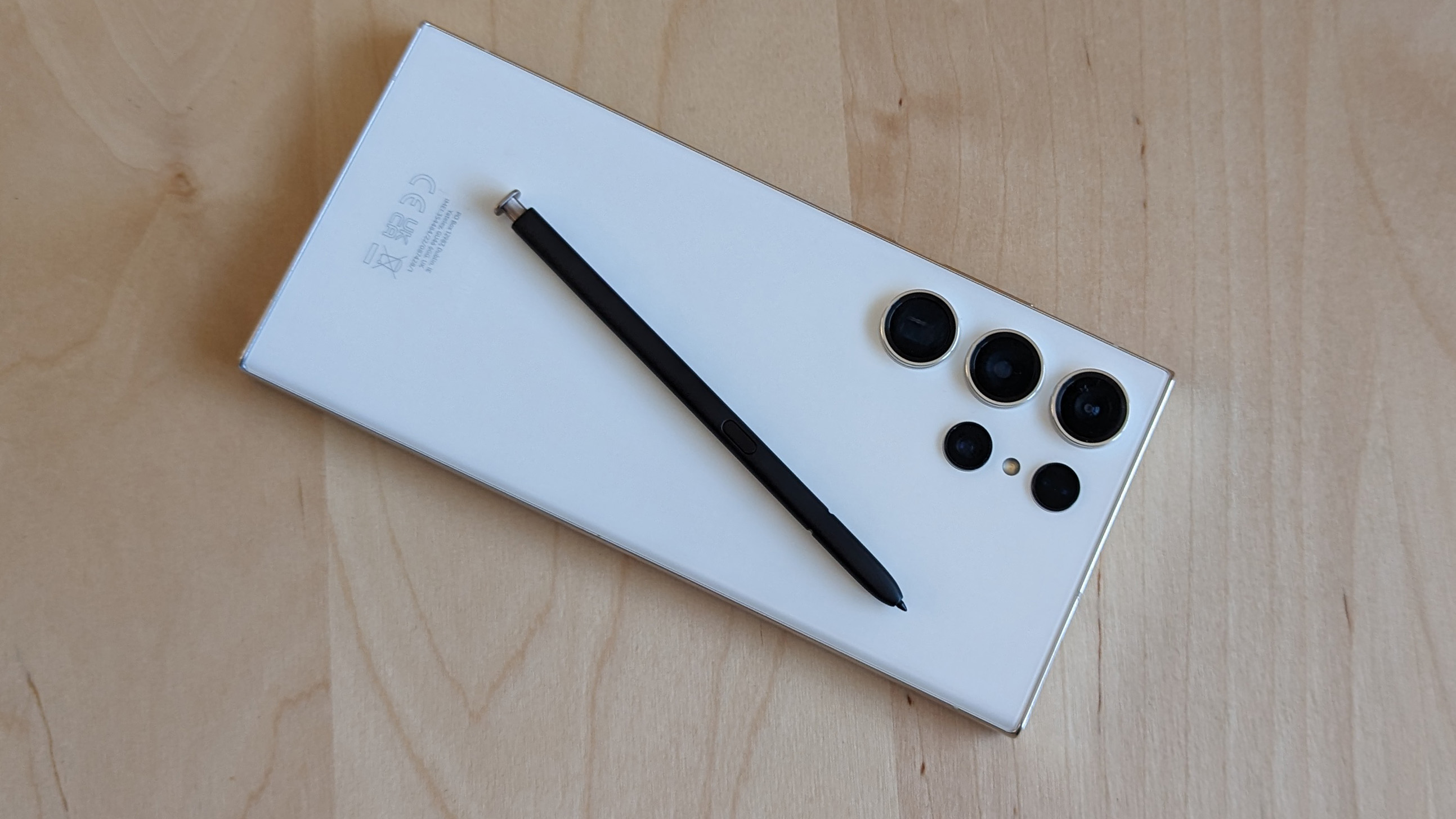
Should I buy the Samsung Galaxy S23 Ultra?
Yes, you absolutely should. While it’s a bit large and heavy, this is one of the best - if not the best - phones currently available, easily rivalling the greatest that Apple, Google and Sony have to offer. It has a unique feature in the S Pen, the ability to convert into something approaching a desktop PC thanks to DEX mode, and the camera setup is capable of producing some excellent images.
The downsides are its size, weight, and price. This isn’t a phone you’d buy on a whim to be replaced next year when the S24 comes along, but an investment on the scale of a new MacBook Air or Windows ultrabook, and it blurs the lines between the two sectors. This kind of power in your pocket means you don’t necessarily have to wait until you get home to carry out a computing task, you don’t need a compact camera for photos, or a mirrorless for 8K video, and you don’t need to carry a charger with you if you’re staying out for the night. It’s a master of many trades, producing the kind of results we’d never have expected from a phone just a few years ago.
out of 10
Samsung’s 2023 flagship is a roaring powerhouse of a phone, radiating premium construction from every facet of its rectangular frame. The specs are unbeatable, the screen a beautiful thing, the S Pen stylus a great accessory, and the cameras remarkable when you consider how small they are. This is the phone to beat right now.

Ian Evenden has been a journalist for over 20 years, starting in the days of QuarkXpress 4 and Photoshop 5. He now mainly works in Creative Cloud and Google Docs, but can always find a use for a powerful laptop or two. When not sweating over page layout or photo editing, you can find him peering at the stars or growing vegetables.
